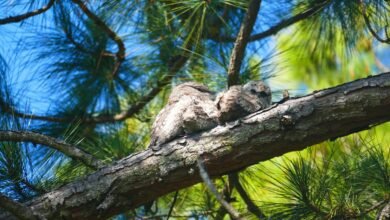Lockdown, Tuesday, Aug 31st
These posts, the last 13 days of lockdown in August, celebrate the everyday and natural aesthetics. With conversation curtailed, the opportunity to take daily notice of the natural world is enhanced.
Kevin Melchionne points out that the everyday aesthetic experience is not like examining a painting or reading a poem, ‘Taken by themselves most everyday experiences may have little or no aesthetic value. However, they are not supposed to be taken by themselves. Instead, what matters is how each discrete aesthetic experience is rooted in the pattern of everyday life.’[i]
Yet what I want to encourage is an aesthetic routine of the everyday paying attention to natural surroundings, taking in the commonplace and the occasional extraordinary occurring in natural environments. And I argue, all of the natural has aesthetic value, yet should also be part of the daily flow. I am interested in regaining relaxed attention to the aesthetics of nature.
Today find colour inflated and the flight of birds miraculous once more. A Rainbow (serpent) visits Jean Hudson Nampijinpa’s Kanmarra (Bush Onion Dreaming). She was born the year after me in a very different location to Surrey, UK, the remote community of Yuelamu in the Tanami Desert, nearly 300 kilometres north west of Alice. She is a Warlpiri woman, but also speaks Anmatyerre. From her father she inherited Warlu or fire Dreaming, from her grandfather she inherited Ngapa or Water Dreaming and from her mother she inherited Kanmarra Dreaming.[ii]
She was born the year after me in a very different location to Surrey, UK, the remote community of Yuelamu in the Tanami Desert, nearly 300 kilometres north west of Alice. She is a Warlpiri woman, but also speaks Anmatyerre. From her father she inherited Warlu or fire Dreaming, from her grandfather she inherited Ngapa or Water Dreaming and from her mother she inherited Kanmarra Dreaming.[ii]
Large Water Dreaming story (Ngapa Jukurrpa) of the Warlpiri tell of two Jangala men, rainmakers, who sang the rain. They unleashed a giant storm that collided with another storm from Warpurtali. A Kirrkarlanji (Brown Falcon) carried the storm further west, until it dropped it at Pirlinyarnu forming an enormous lake. A mulju (soak) still exists here. At Puyurru (north west of Yuendumu) the falcon dug up a warnayarra (rainbow serpent). The serpent carried more water to create another large lake.[iii]
The bush onion (Cyperus bulbosus) is an annual sedge with grassy leaves and chocolate brown seed heads. The roots produce many small bulbs. This has been one of the most important food plants in the bush area in Central Australia especially in times of drought. It is a totemic plant, featuring in many indigenous songs and in indigenous mythology of each of the seven indigenous language groups within Central Australia. Important increase ceremonies are held regularly.
They were once quite common, but changes in land and fire management are pushing the bush onion closer to extinction. It is encouraged by fire, but only grows after rain. The greatest threat to the bush onion comes from the introduced buffel grass (promoted by the cattle industry) which outcompetes and smothers the onion grass, and termites.[iv]
~
I hear the ugly rasp of a bowerbird below. I look over quietly. He is having a drink. I rush for my camera, too late. I photograph an absence. ~
~
The continuous grating of chalk on blackboard by randy Lorikeets is annoying. The male is comically hopping up and down high in our oldest Tallowwood.
 ~
~
We have a drink as the sun flows over, looking across to Jagun, Eastern Rosellas and King Parrots skim past. 
My punctuality has meant me too early or too late for some of my life, but this seems just right. Dragging the pen over the page, a daily dose.
[i] Kevin Melchionne, ‘Aesthetic Experience in Everyday Life: A Reply to Dowling’, British Journal of Aesthetics, 51(4), 2011, p438.
[ii] https://www.aboriginalartstore.com.au/artists/jean-hudson-nampijinpa/
[iii] David Wroth, Japingka Gallery, July 2019. https://japingkaaboriginalart.com/articles/water-dreaming/
[iv] https://www.fondazioneslowfood.com/en/ark-of-taste-slow-food/bush-onion/



